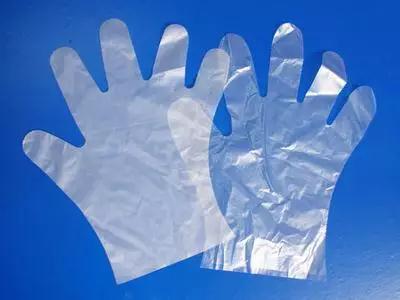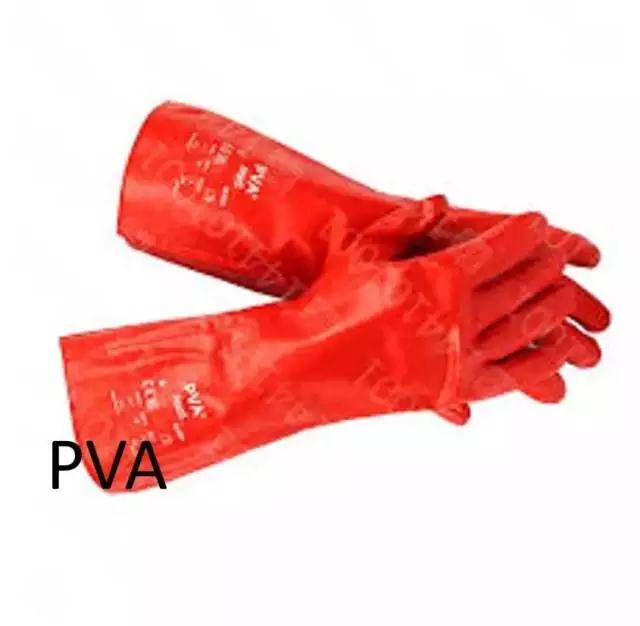Gloves are the most protective tool used in laboratories except goggles. Different from goggles, there are many types of gloves, and different gloves have different uses. Today I have sorted out some of the glove materials commonly used in laboratories and their uses.

Natural rubber latex gloves are usually unlined and come in a variety of styles, including clean styles and sterile styles. These gloves can provide effective protection against alkalis, alcohols, and a variety of chemically diluted aqueous solutions, and can better prevent the corrosion of aldehydes and ketones.

The gloves are allergen-free, powder-free, low dust generation, low ion content, strong anti-chemical corrosion ability, can protect almost all chemical dangerous goods, and also have anti-static properties. The thickened and treated surface (such as the rough surface) can also prevent general mechanical abrasion, and the thickened type can also prevent cold. The operating temperature is -4℃~66℃. Can be used in a dust-free environment.
Classification standard for PVC gloves:
A grade product, no holes on the surface of the gloves (powdered PVC gloves), uniform powder, no obvious powder, transparent milky white color, no obvious ink spots, no impurities, and the size and physical properties of each part meet customer requirements.
Grade B product, slight stains, 3 small black spots (1mm≤diameter≤2mm), or small black spots (diameter≤1mm) in large numbers (diameter>5), deformed, impurity (diameter≤1mm), slightly colored Yellow, serious nail marks, cracks, and the size and physical properties of each part do not meet customer requirements.

PE gloves are disposable gloves made of polyethylene. It has the functions of waterproof, anti-oil, anti-bacteria, acid and alkali resistance. Tips: In simple terms, PE gloves can touch food and are non-toxic; PVC gloves are best not to touch food, especially hot food.
Nitrile rubber gloves are usually divided into disposable gloves, medium-sized unlined gloves and light-duty lined gloves. These gloves can prevent oil (including animal fat), xylene, polyethylene and aliphatic solvents; and can prevent most Pesticide formulations are often used in the use of biological ingredients and other chemicals. Nitrile rubber gloves do not contain protein, amino compounds and other harmful substances, and rarely cause allergies. Silicon-free, with certain antistatic properties, suitable for the production needs of the electronics industry. Low surface chemical residue, low ion content, small particle content, suitable for strict clean room environment.
Similar to the comfort of natural rubber, neoprene gloves are resistant to light, aging, flexing, acid and alkali, ozone, burning, heat and oil.

Butyl rubber is only used as a material for medium-sized unlined gloves, and can be used as a glove box, anaerobic box, incubator, and operation box; it has superfluous acid, aqua regia, nitric acid, strong acid, strong alkali, toluene, alcohol, etc. Strong durability, chemical resistant liquid gloves made of special rubber.

Polyvinyl alcohol (PVA) can be used as a material for medium-sized lining gloves, so this kind of gloves can target a variety of organic chemicals, such as aliphatics, aromatic hydrocarbons, chlorinated solvents, fluorocarbons and most ketones (except acetone), Esters and ethers provide a high level of protection and corrosion resistance.

























